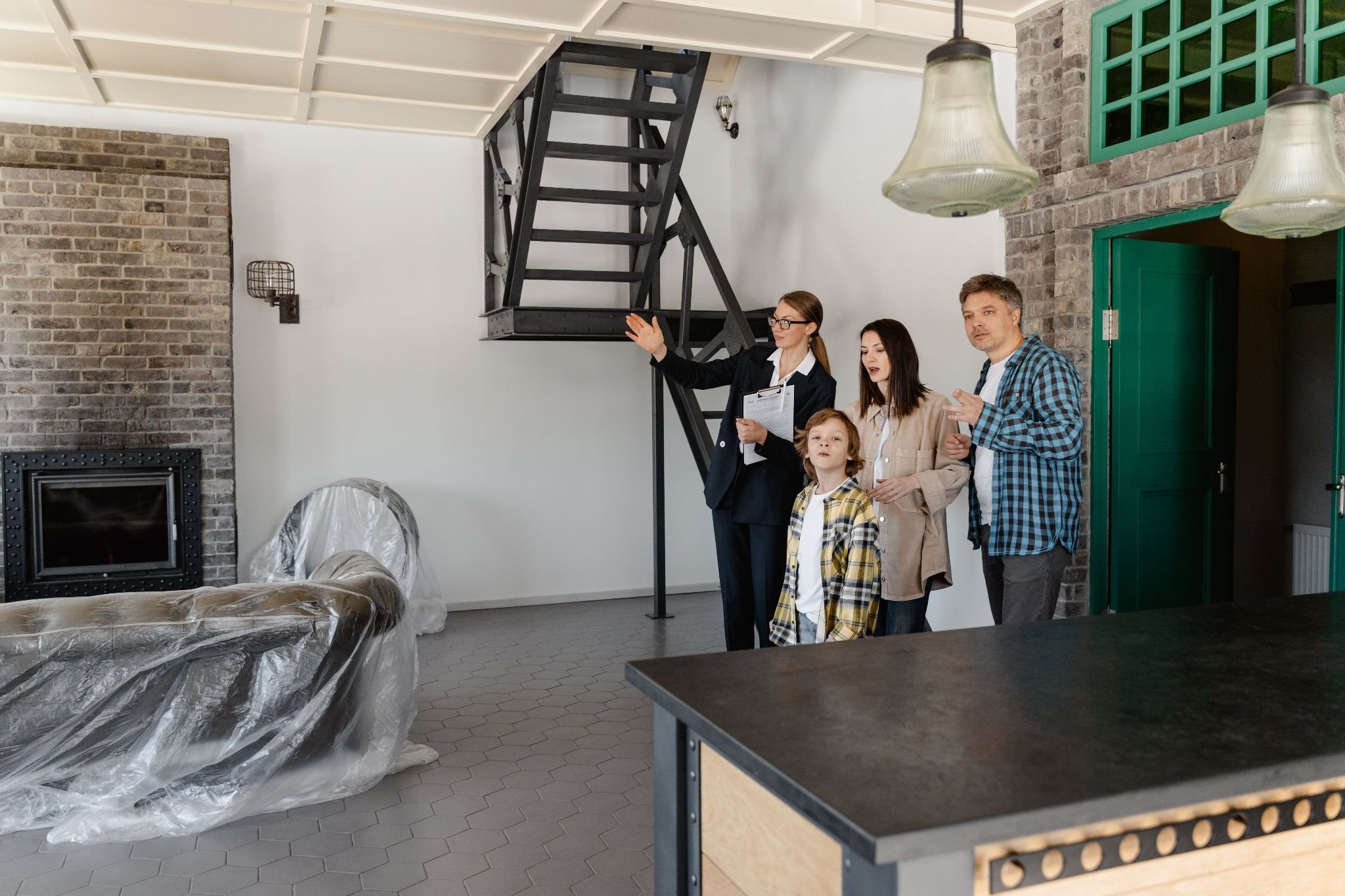6 Tips for Turning Your Home Into a Profitable Long-Term Rental
According to national averages cited on Rent.com, the rental price for a two-bedroom apartment has risen more than 21% in the past year. Whether you are having difficulty selling your home or you are looking for a way to make some extra income, turning your home into a long-term rental may be a solution. However, to make a profit from renting your home, you need to do some work up front. Dream Rose Design explains what to do.
1. Do Your Research
Your first step is to decide whether it makes better sense to rent your home or sell it. Start by estimating your home's value. An online home value estimator can provide you with an idea of your home's overall value. It will also give you an estimated price per square foot, a sales and value history, and your property details.
Once you have determined the sales value of your home, research the rental market in your area. Find out what similar homes have rented for, what the occupancy rate is, and what kind of features renters want in a home. Compare the potential sales price versus the potential rental income less what you would need to spend to upgrade, maintain and rent out the home.
By this stage, you should have already done your due diligence in regards to legally setting up your business. This includes choosing what type of entity you’ll be operating as, whether that’s a corporation, partnership, or limited liability company (LLC). Each state has varying requirements for formation, so check to see what it takes to start an LLC in your location. Using an online formation service is an affordable and speedy option that guarantees all the paperwork is completed and sent to the appropriate authorities.
2. Decide if You Want To Hire a Property Manager
Managing the property yourself may save you money, as long as it isn't cutting into your main source of income. However, the process can be time-consuming and require skills that you may not have. Hiring a property managermay reduce your profits, but you won't have to deal with handling paperwork, collecting rent, communicating with tenants, making repairs, handling evictions (which can get tricky), and the other issues that come with managing a rental property.
3. Decide How Much To Charge
Setting your rental price is one of the most important parts of making sure you turn a profit on your rental. Start by making a list of your expenses, such as your mortgage payment, utilities, property taxes, repair and maintenance costs, and insurance. Add the amount of profit you want to make to the total expenses and then check that amount against what other properties in the area are renting for. Adjust your figure to where it is competitive with similar properties while generating an acceptable level of profit.
4. Purchase Insurance
Insurance on rental properties is important for multiple reasons. First, it protects your investment. If the home is damaged or destroyed, insurance prevents you from financial loss. Second, as a landlord, you are responsible for maintaining the property to certain standards to keep your tenants safe. If your tenants or someone else is injured on the property, you may be liable. Your insurance protects you from that liability.
5. Make the Right Updates
One of the best ways to boost your rental price is to make your property more attractive to potential tenants. Think of amenities that will make your listing stand out. This can include offering a washer and dryer in the home, installing all stainless steel appliances, pulling up carpet for hardwood floors, updating your cabinetry and hardware, and leaving window treatments like blinds or sheers. And once you’ve completed these updates, you need to ensure everything looks appealing and feels cohesive. Work with professionals like Dream Rose Design to stage your home in a way that effortlessly woos potential buyers.
6. Find the Right Tenants
Marketing is a critical aspect of attracting potential tenants, and now’s the time to start getting the word out about your property. Common marketing strategies include posting on social media, posting on local rental sites, and connecting with local real estate agents.
Videos are a great way to introduce the house to potential tenants. And with all of the online tools available for free, you don’t need to be a videographer to put together a quality video. After you shoot some videos with your smartphone, you can combine video online in a few simple steps. You can even intersperse photos of the house between the video clips. It really is as easy as select, merge, and download.
Dealing with tenants who destroy your property or don't pay the rent on time can be a real hassle once they have already moved in. It is better to avoid this problem from the start by properly vetting your tenants. Set income requirements. Run a credit and background check. Require a deposit. Check references. Arrange a face-to-face meeting and ask questions. To make sure your screening process is legal, you may want to talk to a real estate attorney before you start advertising your rental.
Renting your home can be a sound investment under the right circumstances. However, it is also a risk. It is worthwhile to do your research and set yourself up for success before you start. Start by exploring the market to determine which is more lucrative, selling or renting. If you decide to rent, decide whether you’ll do the managing or if you’ll hire a property manager to handle the process of screening tenants and maintaining the property. These are big decisions, but follow your instincts to make your home a profitable investment.
